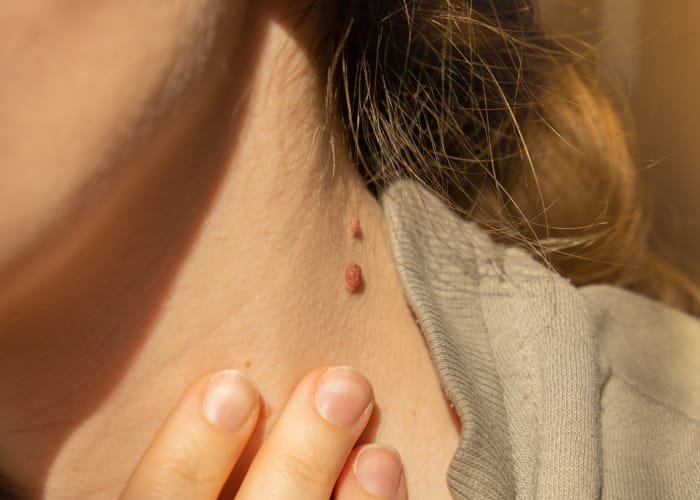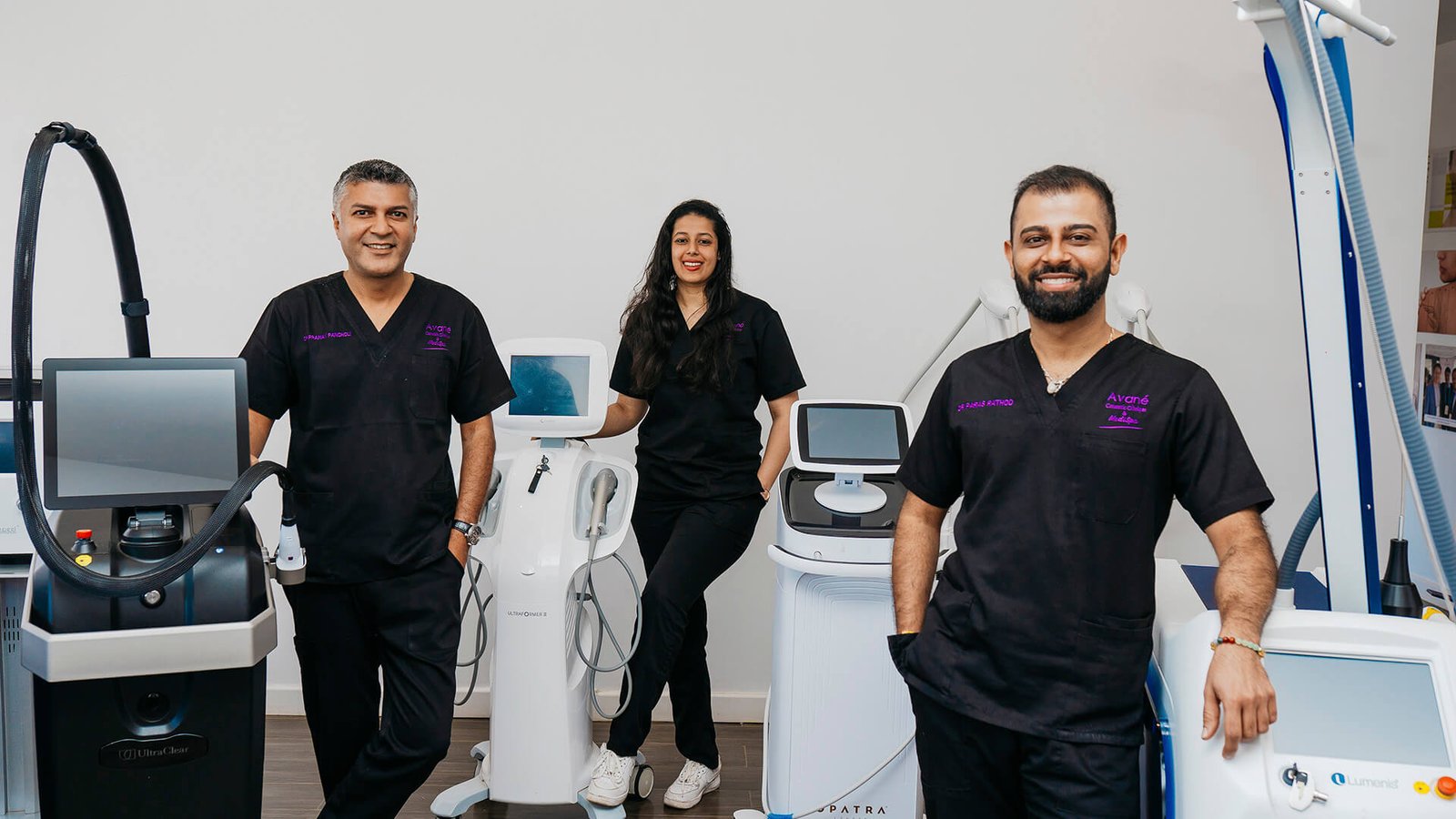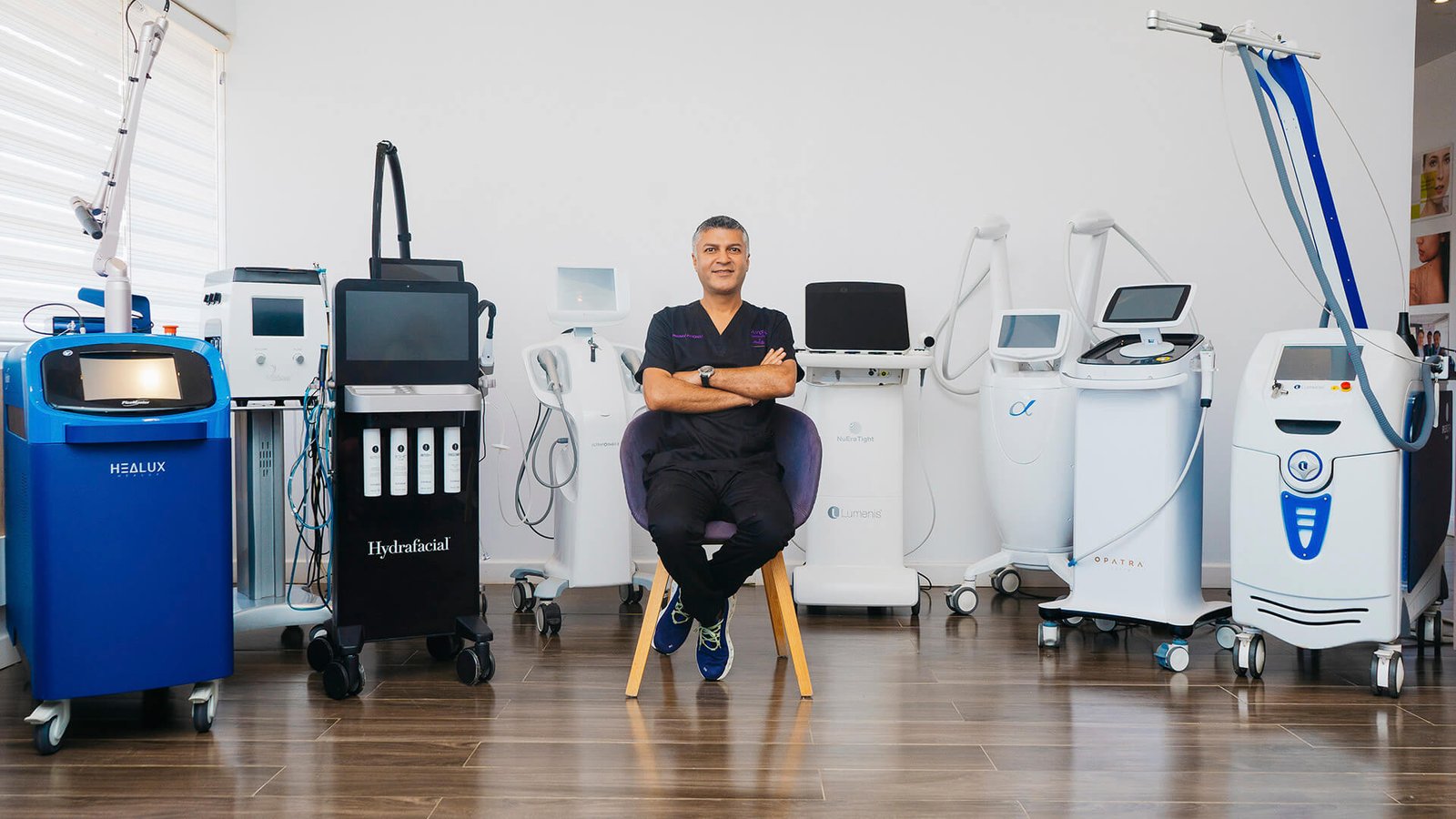Table of Contents
- What is Mole Mapping?
- The Importance of Regular Skin Checks
- Who Should Consider Mole Mapping?
- The Mole Mapping Process Explained
- What Happens After a Mole Mapping Session?
- The Role of Technology in Mole Mapping
- Mole Mapping vs. Self-Examination
- Cost and Accessibility of Mole Mapping Services
- Conclusion: Invest in Your Skin Health
What is Mole Mapping?
Mole mapping is an advanced dermatological technique designed to monitor and document the appearance of moles and skin lesions. It involves high-resolution imaging to create a comprehensive record of moles, enabling dermatologists to track changes over time. By comparing previous images, dermatologists can quickly detect irregularities that may indicate skin cancer, particularly melanoma.
At Avané Clinic, mole mapping is conducted by Dr. Pranav Pancholi, one of the leading dermatologists in Nairobi. Using state-of-the-art technology, we provide precise skin assessments, ensuring early detection of potential skin concerns. Regular mole mapping significantly enhances the chances of identifying skin cancer at an early, more treatable stage.
The Importance of Regular Skin Checks
Regular skin checks are crucial for maintaining skin health and detecting skin cancer early. According to the World Health Organization, skin cancer is one of the most common cancers worldwide, with cases increasing each year. This growing prevalence highlights the importance of routine skin assessments.
Mole mapping plays a key role in early detection, particularly for those at higher risk. Frequent skin examinations allow individuals to monitor changes in their moles and seek medical advice promptly. Early identification of suspicious moles can lead to less invasive treatments and improved recovery rates.
- Helps detect skin cancer at an early stage
- Enables proactive skin health monitoring
- Improves treatment success rates through early intervention
Who Should Consider Mole Mapping?
Mole mapping is beneficial for individuals who have a higher risk of developing skin cancer. Those with a family history of skin cancer should prioritize regular screenings, as genetic factors can increase susceptibility to the disease. Early detection through mole mapping can be lifesaving.
Additionally, individuals with numerous or atypical moles should consider regular skin assessments. Unusual moles that change in shape, color, or size may indicate potential skin cancer. People with fair skin, light-colored eyes, or a history of excessive sun exposure are also more vulnerable to UV-related skin damage.
- Individuals with a family history of skin cancer
- People with multiple or irregular moles
- Those with fair skin and high sun exposure history
The Mole Mapping Process Explained
The mole mapping process begins with a consultation where the dermatologist evaluates your skin history and concerns. This step is crucial in determining the level of risk and areas that require close monitoring. Patients are also educated about the importance of sun protection and skin cancer prevention.
During the procedure, high-resolution images of the entire body are captured using digital dermatoscopy. These images provide a baseline for comparison in future visits. Each mole is documented, measured, and assessed for irregularities such as asymmetry, uneven borders, and color changes.
- Initial consultation and medical history evaluation
- Digital imaging and dermatoscopy for mole assessment
- Secure storage of images for future comparisons
What Happens After a Mole Mapping Session?
After a mole mapping session, patients receive a detailed analysis of their skin condition. The dermatologist reviews the images, identifying any moles that may require further monitoring or removal. If any concerning changes are detected, additional diagnostic tests or a biopsy may be recommended.
Follow-up appointments are crucial for tracking changes over time. Regular monitoring ensures that any suspicious developments are addressed promptly, reducing the risk of late-stage skin cancer diagnoses.
- Comprehensive report on mole assessment
- Follow-up scheduling for ongoing skin monitoring
- Biopsy recommendations for suspicious moles
The Role of Technology in Mole Mapping
Advancements in technology have greatly improved mole mapping accuracy. Digital imaging allows for precise documentation of skin changes, ensuring dermatologists have a reliable reference for each patient. Artificial Intelligence (AI) is also being integrated into mole mapping, improving diagnostic accuracy.
Dermatoscopy, a non-invasive magnification tool, enables dermatologists to examine moles in detail. AI-powered systems can analyze mole characteristics, flagging abnormalities that may indicate melanoma. This combination of technology and expertise enhances early detection and patient outcomes.
- High-resolution imaging for precise mole tracking
- AI-assisted analysis for early melanoma detection
- Non-invasive dermatoscopy for detailed mole assessments
Mole Mapping vs. Self-Examination
Self-examination is an important practice, but it has limitations. While individuals can monitor their own skin, they may not always recognize subtle changes that indicate skin cancer. Professional mole mapping provides a more comprehensive assessment, ensuring no suspicious moles go unnoticed.
Dermatologists use advanced imaging techniques to detect early warning signs that may be difficult to identify through self-examinations. Combining self-checks with professional mole mapping offers the best protection against late-stage skin cancer.
Cost and Accessibility of Mole Mapping Services
The cost of mole mapping in Nairobi varies depending on the clinic and technology used. On average, a full-body mole mapping session ranges from KSh 5,000 to KSh 15,000. Regular screenings are recommended, especially for individuals at high risk.
Many dermatology clinics in Nairobi now offer mole mapping, making it more accessible. Some health insurance providers cover skin cancer screenings, so it is advisable to check with your insurer for coverage details.
Conclusion: Invest in Your Skin Health
Skin cancer prevention starts with regular screenings and early detection. Mole mapping at Avané Clinic provides an effective way to monitor your skin health, detect abnormalities early, and reduce the risks associated with melanoma and other skin cancers.
Schedule your mole mapping appointment today with Dr. Pranav Pancholi at Avané Clinic in Nairobi for a comprehensive skin assessment.




